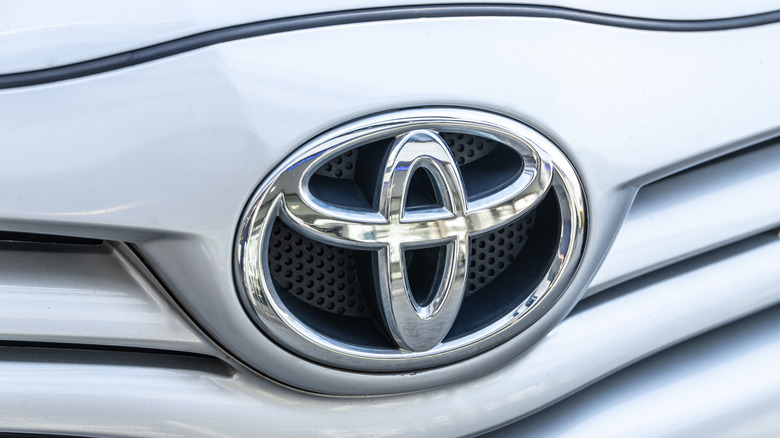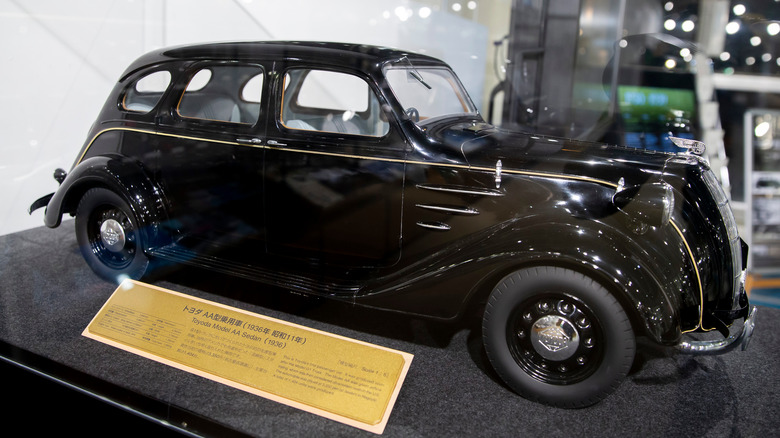The Real Meaning Behind Toyota's Brand Name
In 1933, Toyoda Kiichiro started a new division of Toyoda Automatic Loom Works, a company that was started by his father, Toyoda Sakichi. Over time, that company would turn into the largest auto manufacturer in the world usurping the throne from General Motors in 2008, per Britannica.
Toyoda's company released its first car — the Model AA sedan — in 1936, and the business grew from there, eventually becoming the Toyota Motor Company. The company took a hiatus from making passenger vehicles during World War II, instead focusing on trucks for the war effort. Some of their facilities were damaged during the war, and the first post-war Toyota passenger car, the Model SA, didn't appear until 1947, and the plants were fully operational again by the 1950s.
Today, Toyota is one of the most recognizable brands in the world, but why was the name of the company changed to Toyota in the first place?
The reason for Toyota's name change
It doesn't take a linguistic expert to recognize the similarity between the company's current name, Toyota, and the familial name of its founder, Toyoda. According to the company's website, it had to do with the way the name sounds and is written in the Japanese language.
The T for D swap was made in 1936, and it was in part due to the former being a voiceless consonant in Japanese. A voiced consonant, according to Tofugu, uses the vocal cords to make a sound, whereas a voiceless or unvoiced consonant does not. T is an unvoiced consonant according to Japanese pronunciation, which is considered to be more clear than a D, which is voiced.
However, the verbal ramifications weren't the only consideration. The switch also made the company's name easier to write. The number of strokes in Japanese characters is referred to as jikaku. By switching the name from Toyoda to Toyota, the Japanese characters used to write the name required eight strokes. Eight is considered to be a number tied to wealth and good fortune.

